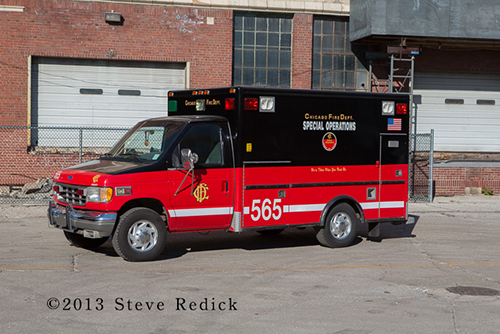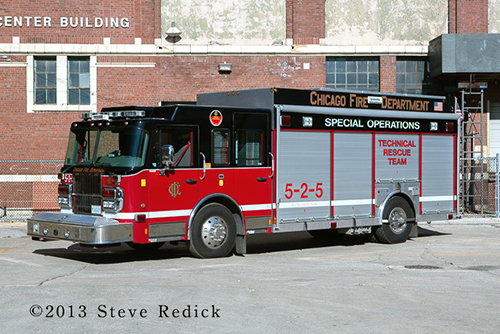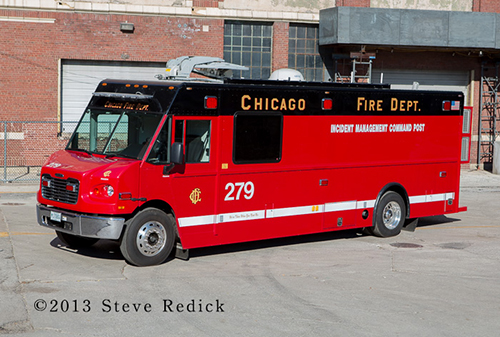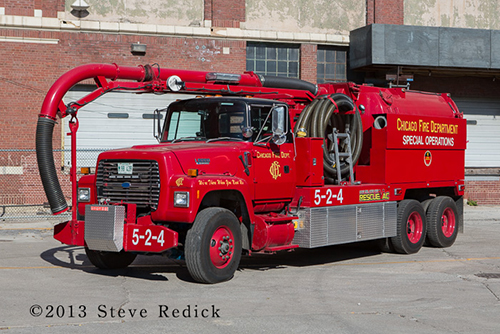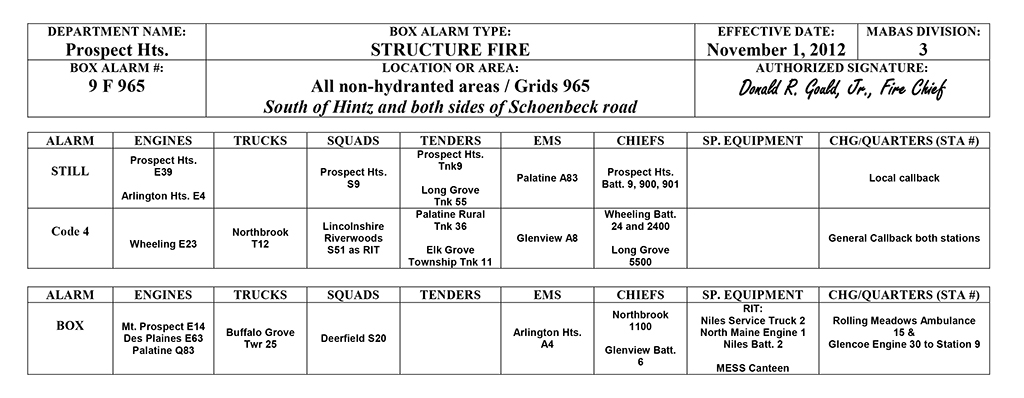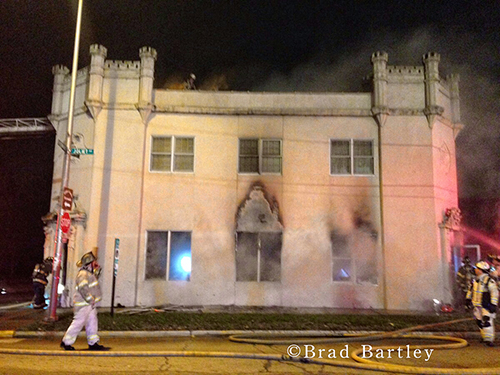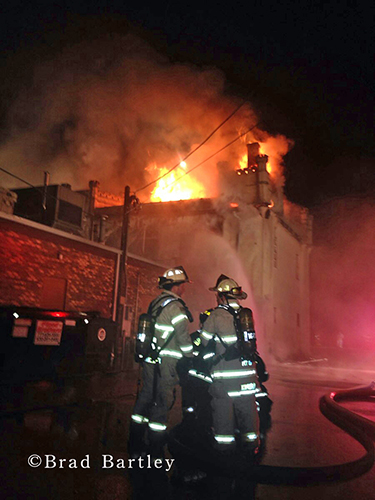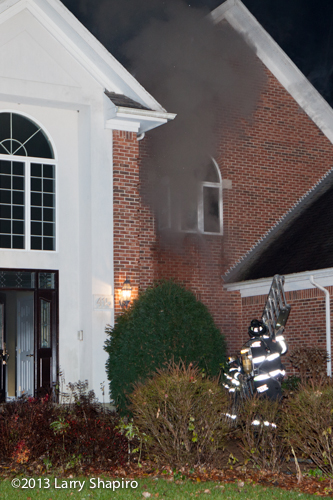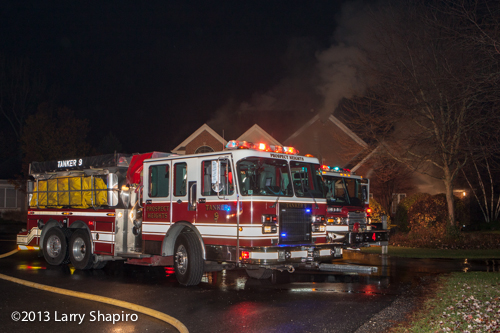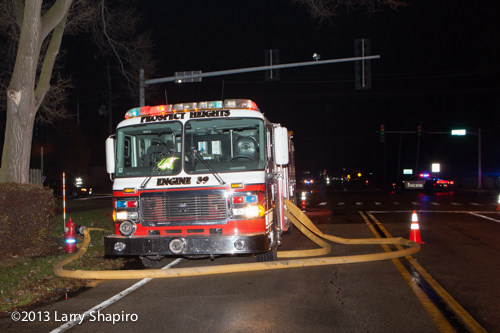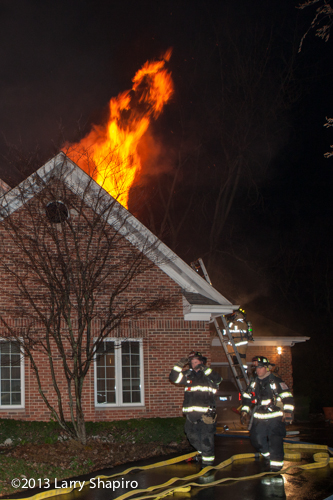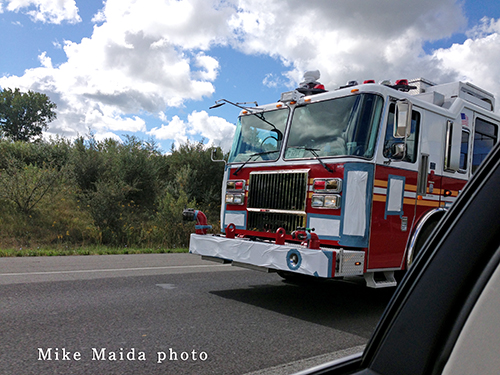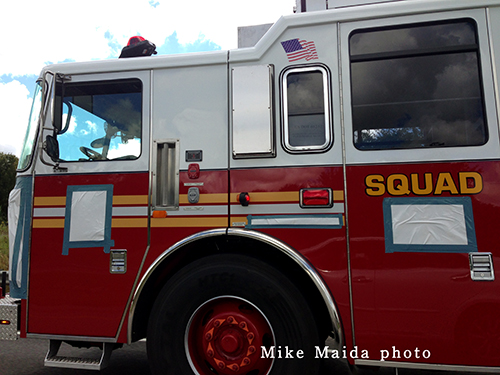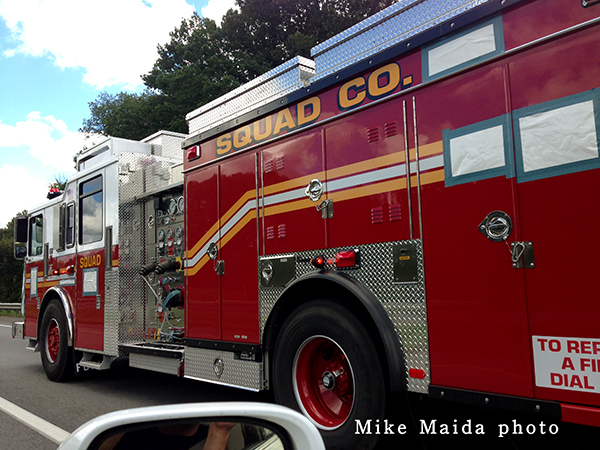Tim Olk submitted several images from a house fire (Saturday afternoon) at in Highland Park. This was the first significantly cold day in the area which more than likely contributed to two broken water mains during the defensive operation. To assist with additional water, a special call was made requesting tankers from Prospect Heights, Long Grove, and the Countryside FPD.
The fire reportedly started in the basement and extended to the roof.
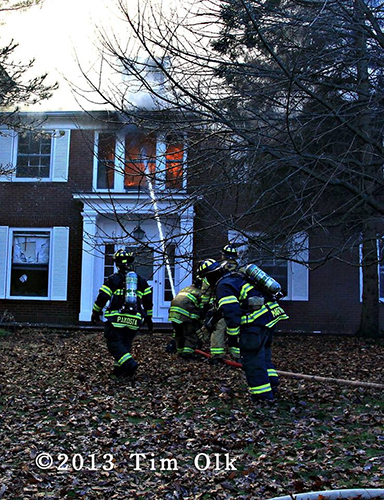
Tim Olk photo
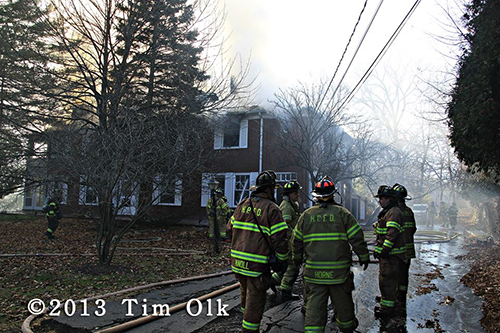
Tim Olk photo

Tim Olk photo
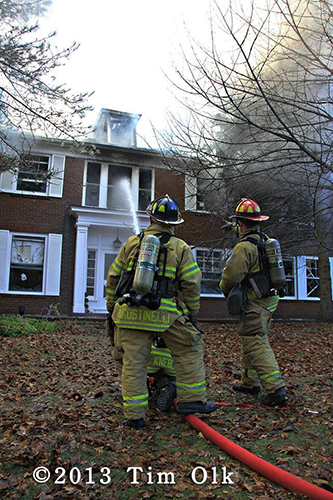
Tim Olk photo

Tim Olk photo
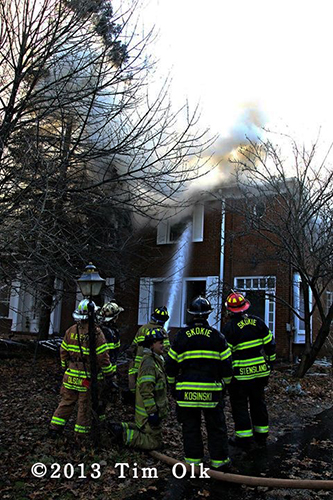
Tim Olk photo
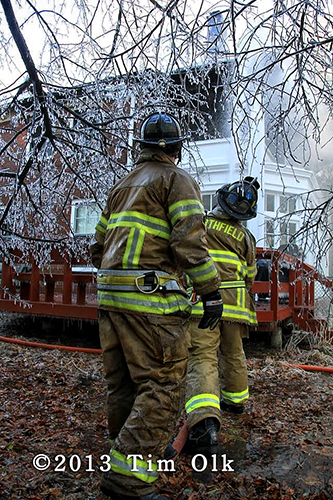
Tim Olk photo
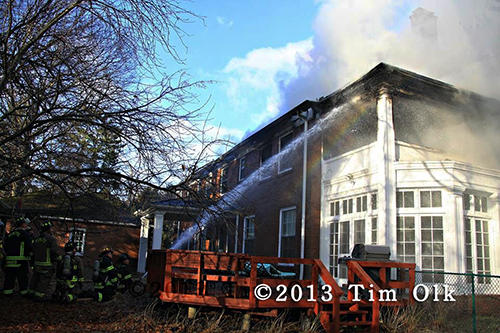
Tim Olk photo
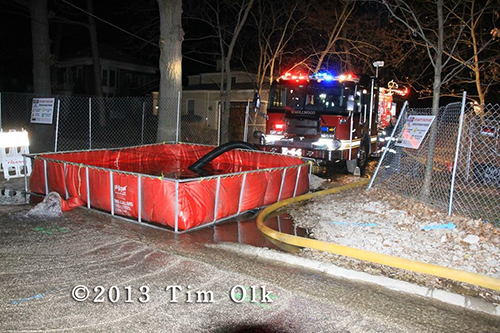
Tim Olk photo

Tim Olk photo
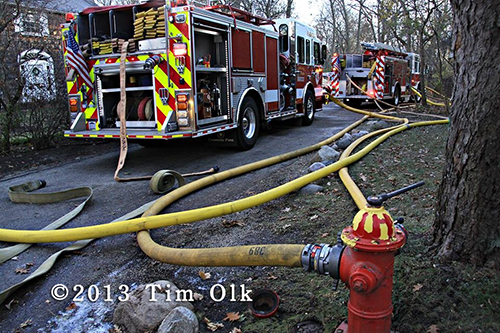
Tim Olk photo

Tim Olk photo

Tim Olk photo
of.
